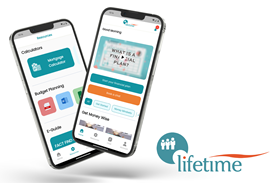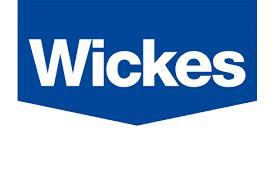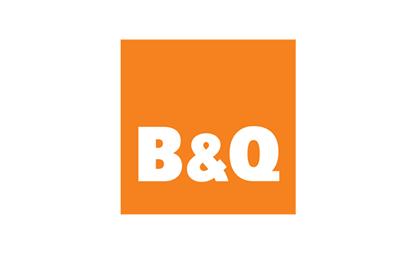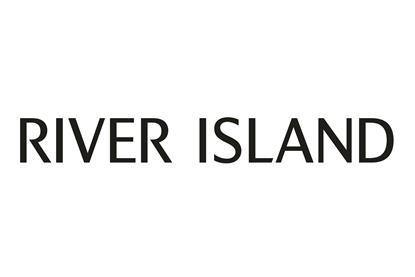What retailers need to know about their
diversity and inclusion strategy.
We talked to three major retailers about the lessons they’ve learned.
While working practices and environments changed abruptly over lockdown, conversations about diversity and inclusion (D&I) gained traction. Retailers began to look more closely at issues such as flexibility for parents, and the needs of their most vulnerable staff.

The result is that D&I policies have become more visible than ever, to both employees and the public, and retailers are looking closely at their diversity and inclusion policies and practices, many for the very first time. In fact, 84% of retailers report that senior leadership now considers D&I a priority for their business, even if they didn’t prior to 2020.
But what is D&I? As the abbreviation suggests, the two strands are usually lumped together, but they’re quite distinct. While diversity is a fact, based on data – for example, the number of women or people with disabilities in management positions – inclusion is a feeling that needs to filter down to all areas of your business.
You might make a point of celebrating Pride in-store, but if LGBTQIA+ members of staff feel discriminated against when it comes to career growth, or are experiencing micro-incivilities at work, you’re failing to tackle inclusion. D&I isn’t a tick-box exercise: it’s something that should be an all-company responsibility, and an intrinsic part of your business’s culture.
A new report by MBS Intelligence on D&I in UK retail has revealed the extent of the work that needs to be done. Almost a quarter of retail businesses don’t have a formal D&I plan in place, while only 51% of retail employees believe their brand promotes inclusion. The report also found:
- One in five retailers have all-male boards
- 15% have no women on their executive committees.
- 13% of female retail employees have experienced or seen sexual harassment at work.
- Only 33% of retailers collect any ethnicity data within their business at all.
- One in four retail employees from ethnic minorities has experienced or witnessed racism in the workplace.
There is clearly work to be done, including in areas such as disability, parental rights, mental health, and neurodiversity. But D&I isn’t just good for your workforce, it’s good for business. The MBS report found that businesses with greater diversity benefit from better returns, new innovation and ideas, and an improved reputation.
To find out what D&I looks like on the ground, we asked three big retailers to share the three top lessons they’ve learned on their journey towards creating and implementing a robust D&I strategy. Every business is different, and should take their own tailored approach. But one thing is true of all businesses: those who don’t embrace D&I risk being swiftly overtaken by their forward-thinking competitors.












